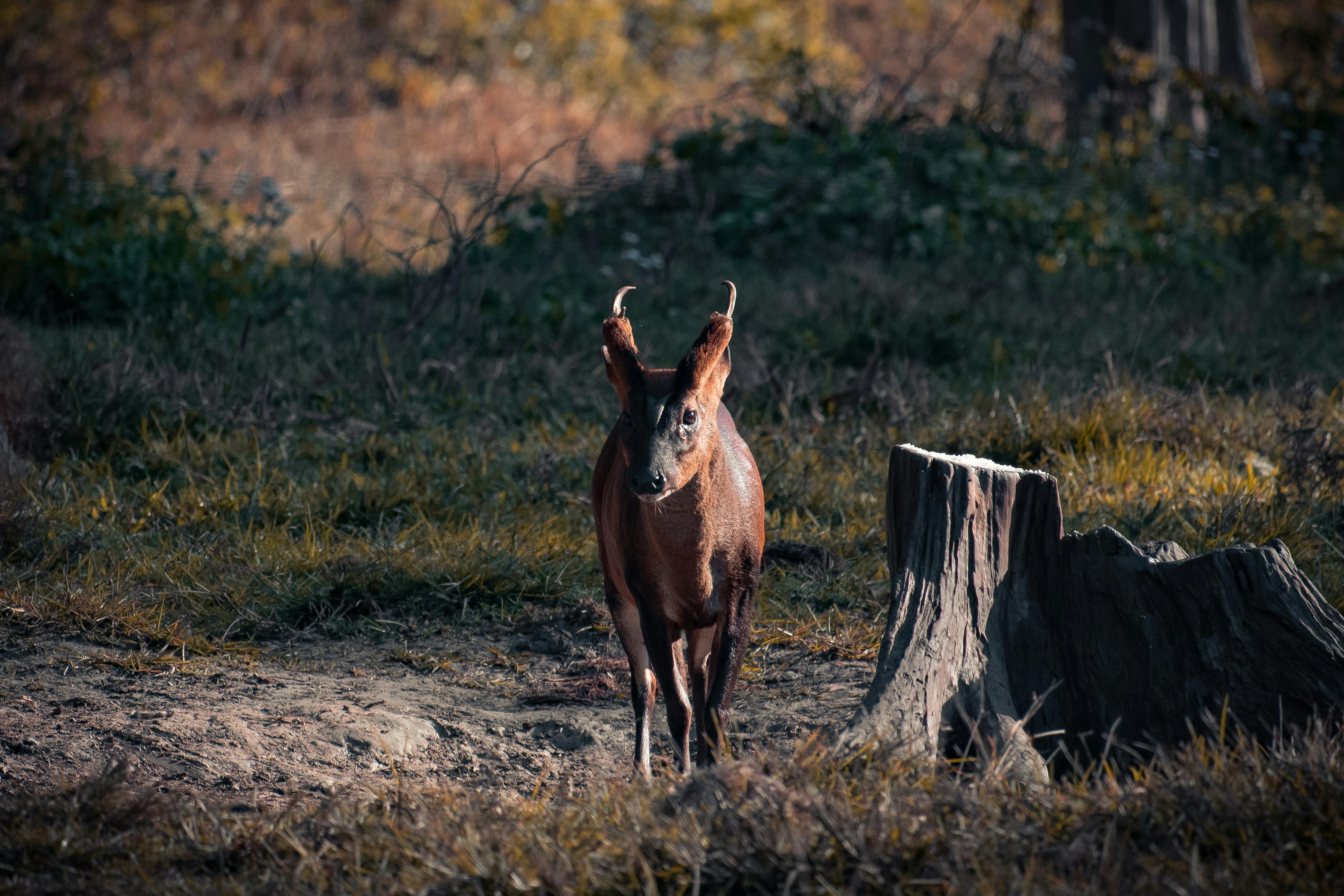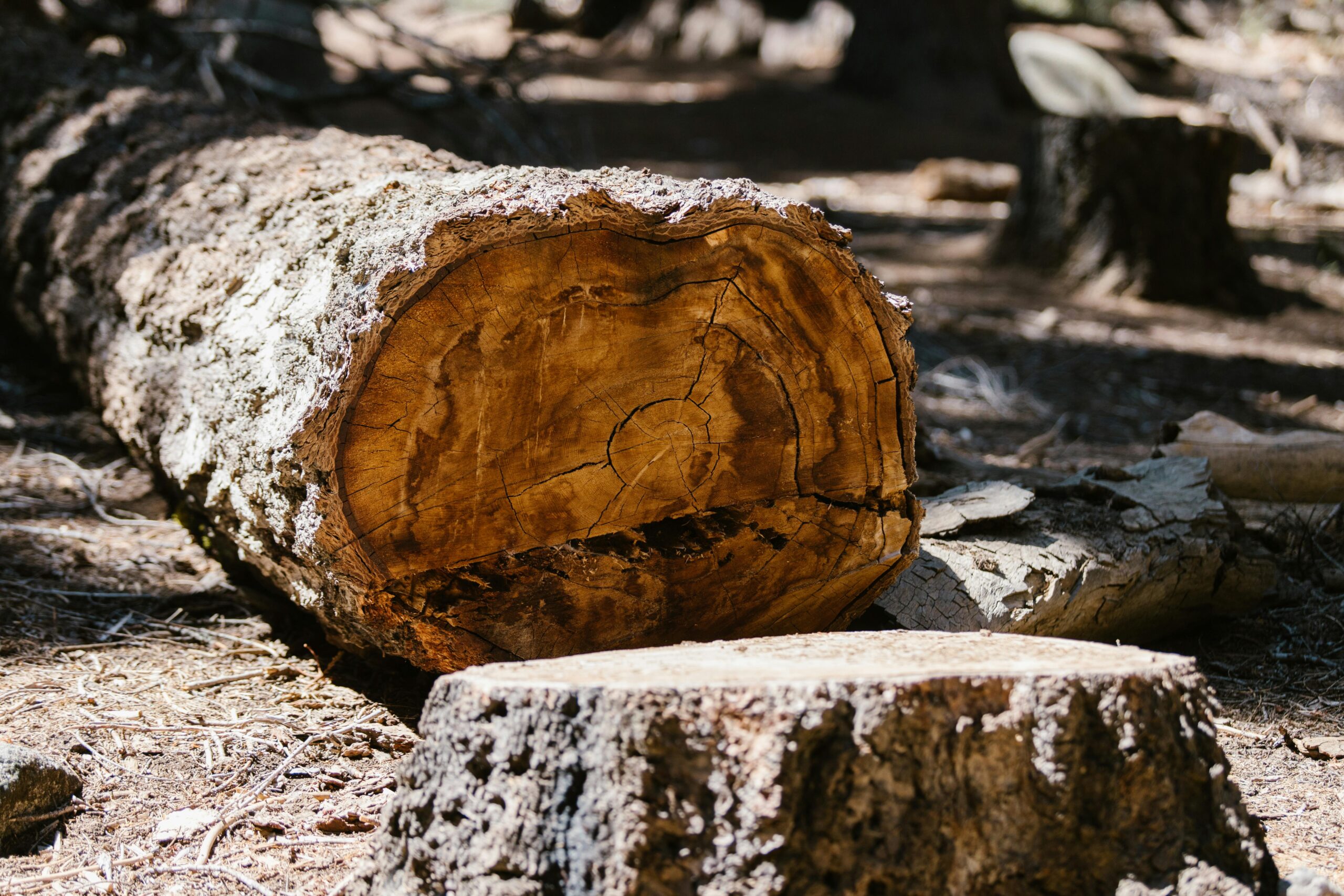Understanding Baumstumpf: An Essential Guide
What is Baumstumpf?
Baumstumpf, or tree stump in English, refers to the remaining base of a tree after it has been cut down or has fallen over. These stumps can vary greatly in size and are often regarded as obstacles in landscaping, gardening, and construction projects. **Baumstumpf** can decay over time, depending on environmental factors, and often houses a variety of insects and fungi. Identifying the factors influencing the decomposition of a baumstumpf can help homeowners manage their landscapes effectively. Additionally, tree stumps may also influence soil health and availability in the area surrounding them, which can affect plant growth.

Importance of Baumstumpf in the Ecosystem
The baumstumpf plays a crucial role in the ecosystem by providing a habitat for various organisms. Microorganisms, insects, and fungi thrive in the decaying wood, helping to break down the material and return nutrients to the soil. This process supports new plant growth and maintains soil health. Understanding how the **baumstumpf** contributes to the ecosystem can help individuals appreciate their environment and recognize the benefits of allowing these natural structures to exist for a time. Moreover, this process highlights the importance of maintaining biodiversity in garden and landscaping environments.
Challenges of Baumstumpf Management
Managing a baumstumpf can present certain challenges for homeowners. One of the most pressing issues is dealing with the stump after tree removal. Left unattended, a baumstumpf can attract pests, develop mold, or become an unsightly feature in your yard. Furthermore, the presence of a tree stump can hinder landscaping plans and impede the growth of other plants in the vicinity. Various removal methods are available, including grinding, rot, and chemical treatments. Each method has its own set of advantages and disadvantages, which we will discuss further in subsequent sections. Effective **baumstumpf management** is essential for maintaining the aesthetics and health of a property.
Methods for Baumstumpf Removal
There are several methods to consider when addressing the removal of a baumstumpf. Homeowners can choose between manual, mechanical, and chemical approaches, depending on their preferences and resources. Understanding these methods is vital for effective management of tree stumps and can ultimately preserve the aesthetic and functional integrity of a residential landscape.
Manual Removal Techniques
Manual removal of a baumstumpf is often labor-intensive but can be the most straightforward method. This process typically involves digging around the stump to expose the main roots, cutting through those roots with a saw or axe, and then pulling the stump out of the ground. Although this method can be physically demanding, it allows for immediate removal of the stump and provides a clean slate for replanting or landscaping. However, it may not be viable for larger stumps, making this method more suitable for smaller or younger trees.
Using a Stump Grinder
Stump grinding is a mechanical method that utilizes a specialized machine to grind the baumstumpf into small wood chips. This method provides an efficient way to eliminate the stump without damaging nearby vegetation. After grinding, the remaining wood chips can be used as mulch or compost, contributing to a more sustainable garden environment. Stump grinders come in various sizes, and it is essential to choose one that fits the specific size and needs of your project. Hiring a professional to perform this task may also be advisable for larger, more complex stumps.

Dealing with the Aftermath of Baumstumpf Removal
After successfully removing a baumstumpf, several considerations must be taken into account. Sunlight, soil quality, and water availability can all be impacted by the removal process. Therefore, striking a balance between maintaining a healthy garden and addressing the residual effects of the stump’s absence is key.
Soil Health Considerations
Once a baumstumpf is removed, it is crucial to assess the surrounding soil and introduce appropriate nutrients or treatments. The soil may require amendments to restore its balance and support new plant growth. Adding compost or nutrient-rich fertilizers can help improve soil quality, promoting a healthier environment for subsequent planting. Regular soil testing can also help homeowners understand the specific amendments needed for optimal growth in their gardens.
Replace or Revitalize the Area
After the removal of a baumstumpf, homeowners may choose to replace the area with grass, flowers, or new plants. Selecting native species that thrive in the area can also promote biodiversity and attract local wildlife. One valuable strategy is to create a focal point, such as a flowerbed or ornamental shrubbery, to enhance aesthetic appeal while filling the void left by the stump. This proactive approach can help rejuvenate a landscape and bring it back to life.
FAQs
1. How long does it take for a baumstumpf to decompose naturally?
The decomposition of a baumstumpf can vary widely based on factors such as size, species, and environmental conditions. Typically, smaller stumps may take several years to break down completely, while larger stumps may take decades. The presence of moisture, insects, and microorganisms plays a significant role in the **decay process**, allowing nutrients to eventually return to the soil.
2. Can I plant new trees near a baumstumpf?
Planting new trees near a baumstumpf can be done, but it requires careful planning. It is essential to consider the size of the stump, its roots, and potential competition for resources. A distance of at least 6-10 feet from the edge of the stump is generally recommended to ensure the new tree has ample space and resources for growth.
3. What are the signs that a baumstumpf needs immediate removal?
Signs that a baumstumpf may require removal can include visible decay, the presence of pests or fungi, and overall deterioration of the wood structure. If the stump poses a hazard to people or pets or is obstructing a desired landscape design, it is essential to consider removal options.
4. Are there environmental benefits to leaving a baumstumpf in place?
Yes, leaving a baumstumpf in place can have several environmental benefits. The decomposition process supports local wildlife, providing habitat and food sources. Moreover, it can contribute to soil fertility over time, promoting healthy growth in the surrounding area. Allowing nature to take its course can help maintain local ecosystem health.
5. What alternatives exist for dealing with an unsightly baumstumpf?
There are numerous alternatives for managing an unsightly baumstumpf. Homeowners can choose to cover it with decorative items such as a wooden planter, paint it to blend into the landscape, or transform it into a garden feature by carving it into a bench or a birdbath. These creative solutions can offer both aesthetic appeal and practicality.
Key Takeaways
- Understanding **baumstumpf** is essential for effective landscape management.
- Multiple removal methods exist, including manual digging and stump grinding.
- Post-removal considerations include soil health and area rejuvenation.
- Leaving a baumstumpf in place can also have environmental benefits.
In conclusion, managing a **baumstumpf** requires knowledge and understanding of the various methods and impacts. By utilizing the right approaches, homeowners can enhance their landscapes while maintaining the ecological balance. If you need further information or assistance, consider reaching out to a landscaping professional for expert advice.
